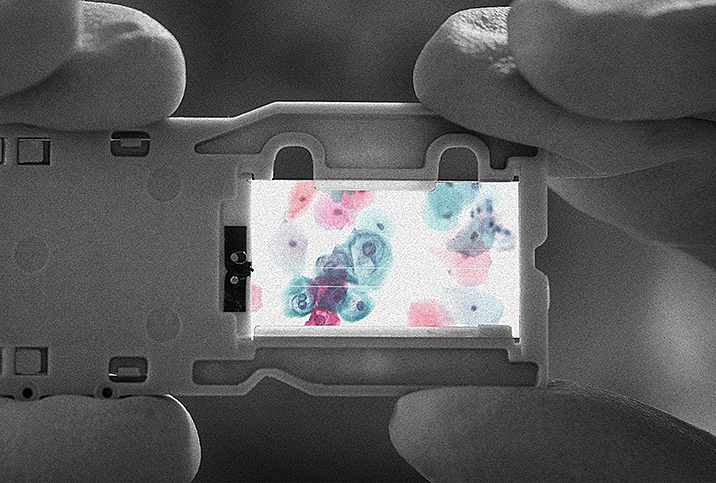Doctor's Note: A Pelvic Exam Is Not a Pap Smear

Pelvic exams, Pap smears, STD testing: It's all pretty much the same thing, right? Or is it?
Almost every day, I encounter patients who tell me their last Pap smear was done while they were in the emergency room. This is almost never true, and a quick check of the patient's electronic medical record will confirm there was no Pap smear collected at the time she thought one was done. Why are so many patients making this mistake?
There is some misunderstanding about what happens during a routine pelvic exam, what kind of testing can be performed and when. I see this frequently in my practice, so I'd love to set the record straight. The more you know, the more you can take charge of your own health.
What is a pelvic exam?
Let's start with what is actually going on during a pelvic exam and what you can expect. A pelvic exam is just that—an exam. It allows your healthcare provider to evaluate your reproductive organs and generally consists of three parts.
External exam
This is the part you usually won't even notice. We are examining the vulva and other exterior anatomy to ensure they are healthy and without lesions or rashes.
Speculum or internal exam
Now, this part you likely recognize. Here, the doctor uses the duckbill-like instrument called the speculum. Lighted and lubricated, the speculum is gently inserted into the vaginal opening to allow us to look at your cervix and vaginal walls. It is during this portion of the exam that we are able to collect samples for testing, or for a Pap smear.
While this exam makes many women anxious, you have ways to make the process a lot easier. First, make sure your butt is hanging a bit off the edge of the bed. It brings your cervix closer to the doctor, making it easier to locate. (We promise we won't let you fall!) Second, try to relax. Breathe deeply and remember that if you tense your pelvic muscles around the speculum, the exam will be much more uncomfortable than it needs to be.
Bimanual exam
In this part of the exam, your provider will insert two gloved fingers into the vagina to palpate the uterus and ovaries, and use their other hand to push down on the abdomen. On occasion, a rectal finger is necessary if the uterus is tilted backward or there is a concern for endometriosis, scar tissue or cancer. The rectal finger allows palpitation of the backside of the uterus, which can add useful information in the above scenarios. The bimanual exam allows the examiner to make sure that the pelvic organs are normal in size, are moving freely within the pelvis and are not abnormally tender.
Other tests that may be done during the course of a pelvic exam include cervical cultures for gonorrhea, chlamydia or trichomoniasis. The current recommendation from the Centers for Disease Control and Prevention (CDC) is to screen all sexually active patients under age 25 for gonorrhea and chlamydia annually, so be sure to get screened if you meet that criteria.
Procedures such as biopsies or IUD placements can also be performed using a speculum during a pelvic exam. However, it is not necessary to perform any tests or cultures at all during an exam. Most experts in women's health agree that an annual pelvic exam is recommended to ensure continued reproductive health, so pelvic exams can be a standalone part of your doctor visit.
What is a Pap smear?
A Pap smear, on the other hand, is quite different from a pelvic exam. A Pap is a screening test for cervical cancer that is performed during a speculum exam and uses a small spatula or brush to collect cells from your cervix to send to the lab for testing. A Pap smear is not always performed during a pelvic exam, as it is only performed every few years per cancer screening guidelines.
Pap smear screening does not start until a female reaches the age of 21; therefore, anyone who has a pelvic exam prior to this has likely not had a Pap smear. Pap smears take five to seven days to process, and the results are sent back to the ordering physician. Abnormal results often require repeat Pap smears or follow-up tests.
It's easy to confuse pelvic exams and Pap smears, but understanding the difference is a good first step in educating yourself about your reproductive health.


















